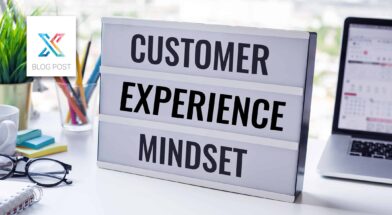Flexibility is a critical aspect of delivering exceptional client experiences, particularly in dynamic industries where project scope, timelines, and budgets can frequently shift. A formalized flexibility framework transforms adaptability from an informal, inconsistent trait into a structured, reliable strength that consistently enhances client satisfaction and trust.
By proactively addressing changes and equipping teams with standardized tools, protocols, and communication strategies, this framework ensures that all clients experience seamless adjustments, no matter the complexity or scale of their project. It fosters transparency, responsiveness, and partnership, allowing clients to feel confident that their evolving needs will be met without compromising quality or efficiency.
A formalized flexibility framework refers to a structured approach to ensure teams can adapt effectively and consistently to changes in project scope, schedules, or client requirements. While flexibility is often an informal strength, formalizing it ensures that all teams within the organization operate with clear guidelines, resources, and support to handle changes efficiently.
Key Components of a Flexibility Framework
- Change Management Protocols:
- Define clear steps for handling scope, budget, or schedule changes.
- Include criteria for when changes require escalation to leadership or client approval.
- Develop templates for documenting and communicating changes to clients.
- Empowered Teams:
- Train team members to assess the impact of changes quickly and make decisions within their authority.
- Establish clear boundaries for decisions that can be made independently versus those requiring higher approval.
- Predefined Contingencies:
- Create contingency plans for common disruptions, such as delays in supply chains, labor shortages, or design revisions.
- Maintain a pool of resources (budget, staff, materials) to be deployed when changes arise.
- Client Collaboration Guidelines:
- Provide teams with best practices for engaging clients in discussions about changes, emphasizing transparency and partnership.
- Use regular progress meetings as a platform to anticipate and discuss potential changes early.
- Communication Tools:
- Implement communication protocols for notifying clients and internal stakeholders about changes in real time.
- Use project management software to track change requests and their status, ensuring visibility for all parties.
- Flexibility Metrics:
- Measure and evaluate how effectively teams respond to changes through client feedback and project performance indicators.
- Incorporate these metrics into performance reviews or organizational goals.
Benefits of Formalization
- Consistency: Ensures all clients experience the same level of adaptability across projects.
- Transparency: Clarifies the process for managing changes, reducing confusion or dissatisfaction.
- Efficiency: Speeds up decision-making by equipping teams with pre-approved guidelines and resources.
- Client Trust: Builds confidence in the organization’s ability to handle unexpected challenges without compromising quality.
For example, if a client requests an expedited timeline due to external pressures, the framework could guide the project team to:
- Assess feasibility based on current resources.
- Present clear options to the client, including cost or quality trade-offs.
- Implement changes seamlessly, supported by predefined tools and contingency plans.
This kind of framework ensures flexibility becomes a repeatable strength rather than a reliance on individual team member ingenuity or ad hoc solutions.
Conclusion
A formalized flexibility framework doesn’t just enable organizations to respond to change—it empowers them to lead through it. By combining clear processes, empowered teams, and transparent communication, this approach transforms unpredictability into an opportunity to strengthen client relationships.
Clients aren’t just seeking adaptability; they want confidence that their evolving needs will be met with care, consistency, and professionalism. A structured framework ensures that no matter how complex the challenge, your team is ready to respond with solutions that enhance trust and satisfaction.
By embracing and formalizing flexibility, you elevate your client experience, turning change into a competitive advantage and a defining feature of your organization’s excellence.





